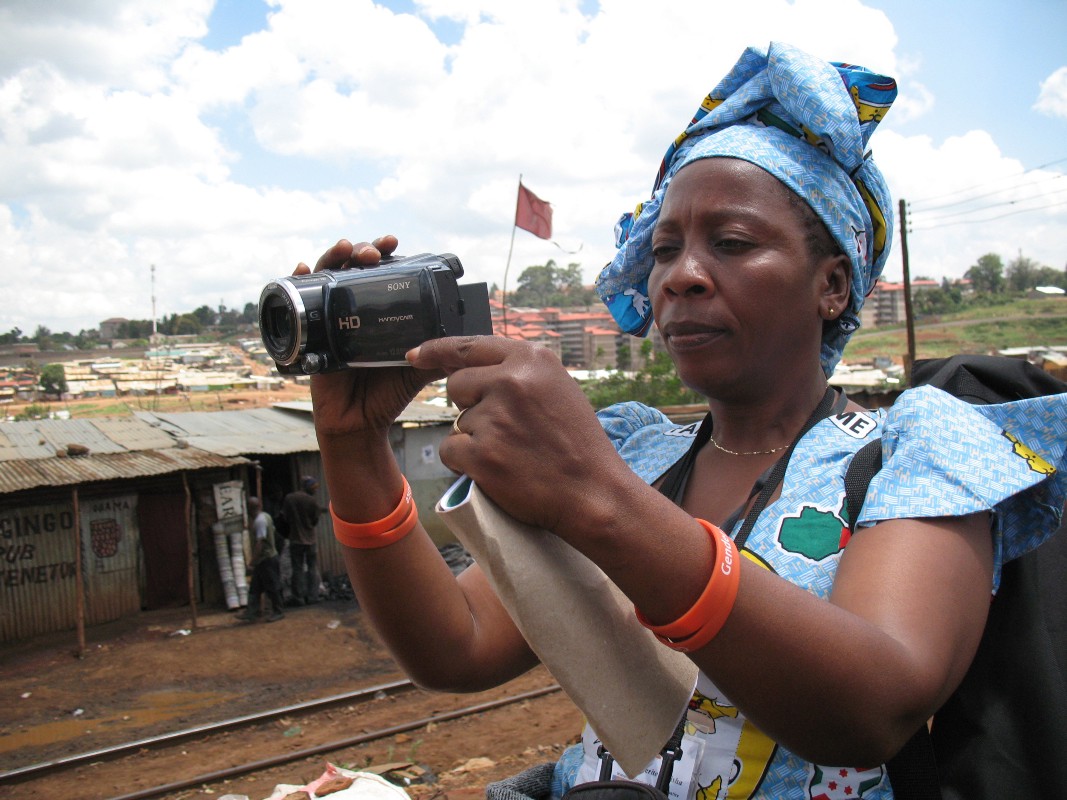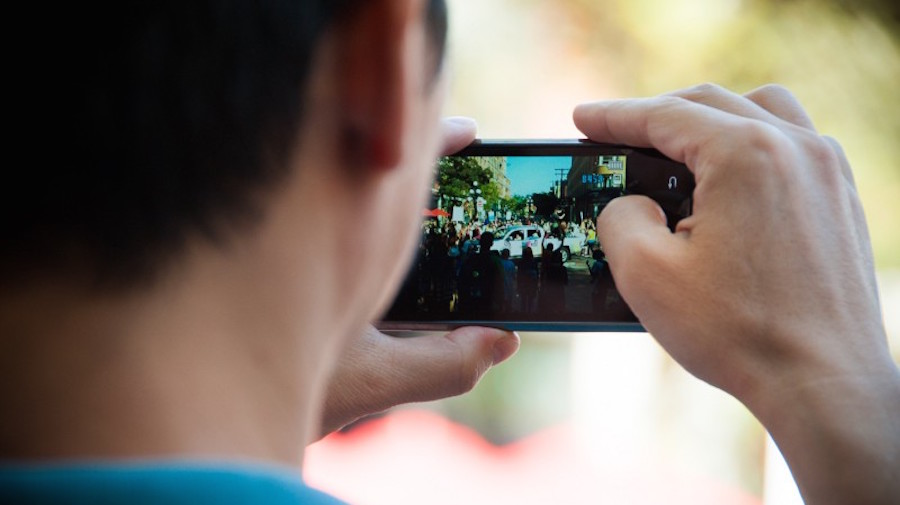I launched VerificationJunkie.com in 2013 as a directory of apps, tools, sites and strategies for verifying, fact checking and assessing user-generated content and eyewitness media online. Since then, I get emails all the time from sales teams and app developers who want me to review their products.
I do my best to check out the apps and sites people send. This is an emerging field and I appreciate anyone who wants to help develop tools for newsrooms and citizens to co-create trustworthy journalism. However, more often than not, the products are not yet ready for prime-time or are, to some extent, solutions in search of a problem.

Witness.org/Flickr. Some rights reserved
Here is my advice for those building apps for eyewitness media and breaking news, with input from members of the First Draft coalition:
Do user testing
Ideas that seem great at our desks or on our whiteboards often fall short when we get them into the newsroom or test them out in the community. While user testing and beta releases are common once an app is built, the most important testing begins when you are developing the idea.
Use newsroom observation and low-cost prototypes to test your assumptions and understand your users’ workflow around breaking news and user-generated content. Be aware that sometimes the needs of eyewitnesses (safety and anonymity) run counter to the needs of newsrooms (verification and speed).
Solve a specific problem
A lot of the apps I look at try to address every aspect of the breaking news or eyewitness media process for newsrooms. They tend to do a lot of things, none very well.
Are you trying to help newsrooms with licensing and rights around using UGC content? Are you trying to help journalists find eyewitness media during breaking news? Are you trying to streamline the verification process? Start by solving one problem really well and chart a path forward for growth from there.
Know your strengths
What sets your app or product apart? Do you have a killer new algorithm for analyzing image authenticity? Have you automated a complex workflow or streamlined rights and permissions? It doesn’t matter if your app is pretty to look at or easy to use if you can’t clearly explain what it does better than every other app out there. Lead with your special sauce.
Know your hurdles
Many of the developers I talk to underestimate the challenge of getting people to use a new app or service. Simply breaking through and raising awareness about a new app is hard. But if your product relies on getting consumers and newsrooms to download and use a proprietary video or photo sharing app or something to that effect, you have a significant uphill battle.
Changing newsroom culture and workflows is harder than you may think and is bound up with an array of other technology issues from content management systems to internal communications. Have a plan in place for encouraging user adoption, especially if your business model depends on scale.
Be transparent
If you are asking newsrooms to trust your product you are going to have to be transparent about how it works. This is tricky for systems that rely on private, proprietary algorithms. Every developer is going to have to decide how much they want to reveal, but you can’t build a business on creating more trustworthy news, without exemplifying trust yourself.
Master a platform
Through your user testing (see above) you should define the best platform for what you want your app to accomplish. Too often I use apps that excel on mobile devices but feel clunky or frustrating on desktops. Develop for your best use case first to show the power of your product and then expand to other platforms.
Code can’t do everything
Many of the apps I have tested seek to automate the verification process, promising to streamline and speed up newsroom workflows for breaking news. But, a lot of verification is about using your gut and applying fundamental journalistic skills to new platforms and kinds of sources. Apps can help superpower some of what needs to happen — think Google reverse image search — but know when human labor is needed.

Lizzie/Flickr. Some rights reserved
Around the world there are academics, app developers, human rights organizations and newsrooms working on issues related to eyewitness media and verification. Many have been working on these issues for years, and yet there are still thorny questions that persist. And new challenges emerge as the ways we communicate continue to change — from messaging apps to livestream apps. So we need more people bringing their experience and knowledge to bear on these questions.
This post isn’t meant to dissuade people from developing projects in this space. Indeed, I hope it can help accelerate and focus some of that work.
The best piece of advice I can give: If you want to create an app for eyewitness media, connect with others working on these issues. We are stronger if we work together and we could all do more to share what we are learning and building in ways that strengthen the entire field. That was one of the reasons we created the First Draft coalition.



